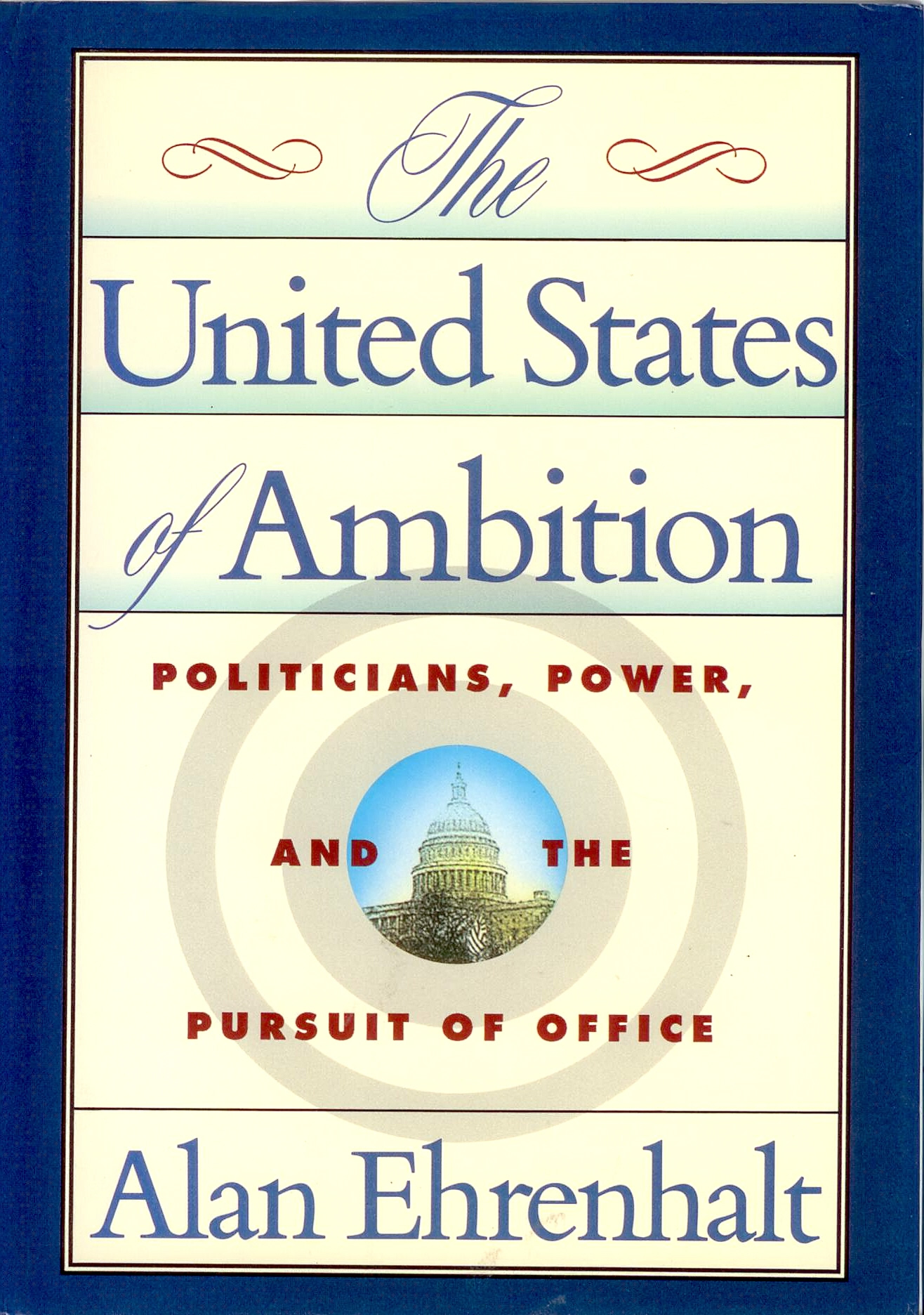I am sometimes asked if community decision making is different from other forms of decision making—say, the kinds used in companies or nonprofits. And my short answer is yes.
But I’d like to offer a longer answer, which is that community decision making is different not in one or two ways, but in a number. And because it’s different, it means we need different kinds of leadership in communities, leadership that is far more patient, collaborative and comfortable with ambiguity than we expect in CEOs or executive directors. I think you’ll see why as we move down the list of differences.
One: In most communities, legitimacy for big decisions comes from the bottom up (citizens), not the top down (CEO or board of directors). As a result, everyone expects a voice in community decisions.
In most ways, this is the sign of a healthy community, but it can lead to problems if citizens are asked to make decisions they’re not in a good position to judge. Take, for example, a proposal to start a streetcar system. To know if this is a good idea, you might want to visit Portland, Oregon or other places that have streetcars and see their impact, but not many citizens can do this. They depend, then, on others to visit, ask questions and report back to them—people like newspaper reporters and community leaders. And that would be fine, except for the next way community decision-making is different . . .
Two: There is little deference or ceding of expertise in communities. Many business employees and nonprofit workers are discouraged and cynical. But even corporate cynics will concede that, in some instances, top executives know more than they do and perhaps have good reasons for trying something new. But that’s not the case in many communities, where citizens do not presume that community leaders know better than they do —or even more than they do.
Three: It is much easier to slow or stop things in communities and much harder to get them started. That’s by design. In America, responsibility and power is dispersed among levels of government (local, state, federal) and types of governments (cities, counties, government authorities) and then fought over by independently elected officials (mayor, city council, and maybe a half-dozen others). And all of these parties are governed by legal requirements that serve to make the time line of decision making much longer in communities than in organizations. The result is that even the best decisions move slowly—and sometimes get stopped cold.
Four: It isn’t just the legal responsibility that’s dispersed. Resources are as well. Take almost any big community problem —from improving public safety and maintaining neighborhood parks to creating a more walkable downtown—and you quickly realize that these aren’t government problems alone; they involve multiple interests, from neighborhood associations and youth athletic associations to private property owners, businesses and special interests. All of these interests have resources they could contribute to the solution—if, that is, they agreed with it. As a result, the community decisions must be made collaboratively if they’re going to be effective.
Five: News media coverage of communities is far more extensive than of organizations. Again, this is a healthy thing—except that it exposes the “sloppiness” of decision making far more than in corporations and nonprofits. Don’t get me wrong: Decision making in big companies is sloppy too, with loud debates, false steps and corporate intrigue. But with few exceptions (think about BP’s repeated failed attempts to plug the 2010 Gulf oil spill and its clumsy public relations efforts), the sloppiness isn’t apparent to outsiders. Not so in communities. Fumble a big community decision—by going down one decision-making path and then abruptly changing course—and you’ll read about it in the newspaper and probably lose public support.
Six: Leadership is not as easily defined in communities as in organizations. That’s because community initiatives can come from many places—local governments, business organizations, neighborhood associations, nonprofits or individuals. (As an example, Kansas City is building a light-rail system because a single person got enough signatures on petitions to place the idea on the ballot and the voters passed it—over loud warnings by government and business leaders that light rail wasn’t feasible.) Companies may make poor decisions, but we know who makes them. That’s not always the case in communities.
Seven: In organizations, the measurements of success are clear: profits for corporations and results for nonprofits (the hungry are fed, trees are planted, museum attendance is up, etc.). There are no easy measurements of success in communities. This makes it harder to know whether past decisions succeeded and opens every new decision to long debates about outcomes and benefits.
I don’t mean to suggest that decision making is easy in corporations. I’ve spent enough time around large companies to know how gut-wrenching it is to deal with markets that suddenly collapse, competitors that emerge overnight or technologies that turn your industry upside down. Decision making in companies is fast because it has to be. CEOs would love to have the long time horizons of mayors and county commissions. But they would hate the ambiguity and loath the painstaking process of consensus building.
So when you hear someone say that your city should be run like a business, just say two words: Not possible.
